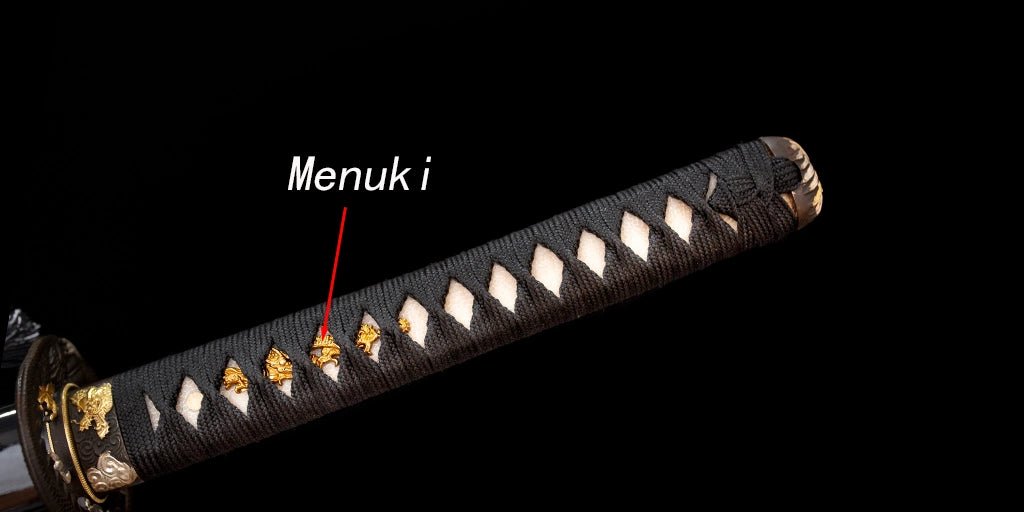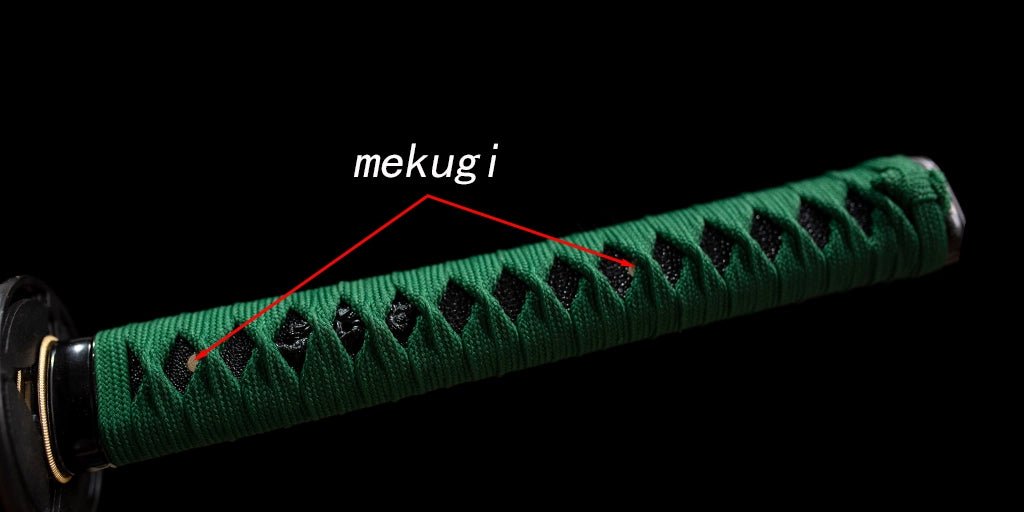Samegawa: Ray skin of katana handle

What is ray skin?
ray skin alias“Samegawa” is the stingray leather on the handle of the katana, and in the early days of China, large quantities of stingray skins were imported from the South Seas, and were called "鲛 skin" (in ancient Chinese, "鲛" means shark) or pearl fish skin. Therefore, the term "shark skin" appeared later, but this is not the case. These fish skins are not shark skins. The so-called "shark skin" is not the skin of sharks as commonly believed, but it is actually the skin of stingrays from Southeast Asia, belonging to the family Dasytidae and some other related families, and having one or more large, sharp, At the base of its whip shaped tail, there are one or several large and pointed dorsal spines with barbs, which can sometimes grow very large. Traditionally, sting ray skin is part of the shell of Chinese and Japanese sword hilts, but it needs to be soaked in water to soften it before it is rolled into the hilt. However, when drying, the skin shrinks and can cause the rolled skin to displace
Therefore a good tsukamaki-shi must be experienced and skilled in tsukamaki techniques. Therefore, a good tsukamaki-shi must have a lot of experience and skill in order to properly complete the entire tsukamaki process.
Some of the best tsukamaki-shi are able to sew the seams of the stingray skin together so that the borders are not visible at all, it is a seamless process. This technique involves cutting the edges of the skin texture at the joints so that the texture on both sides of the joint matches perfectly and the seams are not visible. It requires a great deal of patience and a lot of hands-on experience, beyond the capabilities of the average person.
The type of tsukamaki
Samegawa can be broadly categorized into three types: Harasawa kise, Maedre kise, and Tanzaku kise.Simply put, it is either half-wrapped or fully wrapped. When fully wrapped, a gap can be seen on one side, which is not a crack but a seam in the skin of the fish. There is no difference in function, it is simply there to wrap the hilt to prevent it from breaking and to add some resistance to the hilt cord so it is less likely to slide.
Stingray skin (abbreviated as ray skin)
How to Make the Japan Traditional Stingray Skin Tsukamaki ?
The traditional Japanese "tsukamaki shi" uses rice paste made from "Sokui" to stick "stingray leather" on tsuka, The sheath is usually bonded like this. The saya are usually glued in the same way, even for the modern katana.
After the "ray skin" is attached, the "tsukamaki-shi" ties a silk or cotton band around the hilt, and then uses "kusune" (medicinal training), which is a mixture of turpentine and rapeseed oil, to bind the hilt. "Kusune, which is made from turpentine and rapeseed oil, is then used to tighten them, and a complete handle is completed.
The Role of Stingray Leather
Stingray skin has stronger corrosion resistance than cowhide and pigskin, and Saya, which is often held in the hand, is prone to corrosion by sweat. Therefore, in ancient Saya, ray skin was generally used as a layer of coating to resist corrosion. Moreover, the texture of shark skin is relatively hard, and it is very hard after drying, which can effectively prevent deformation or bending of the scabbard and handle due to temperature changes, And it has excellent wear resistance. In addition, the scabbard made of shark skin is more exquisite than ordinary scabbards, making the sword look exceptionally beautiful! The properly wrapped stingray leather saya is not afraid of ordinary knocking, and stingray skin is not afraid of fire or Pierce with a needle, which is one of the reasons why ray skin is so expensive
The samegawa is a very important part of the katana, and after you understand its role, you can also choose different colors of samegawa to customize katana.
Let's take a look at Stingray skin katana




Koiguchi kurikata kojiri has inlaid ox horns to further enhance the lifespan of the scabbard


The blade is forged from T10 steel, and Tsuchioki enhances performance while forming a hamon suguha texture



Leave a comment
This site is protected by hCaptcha and the hCaptcha Privacy Policy and Terms of Service apply.